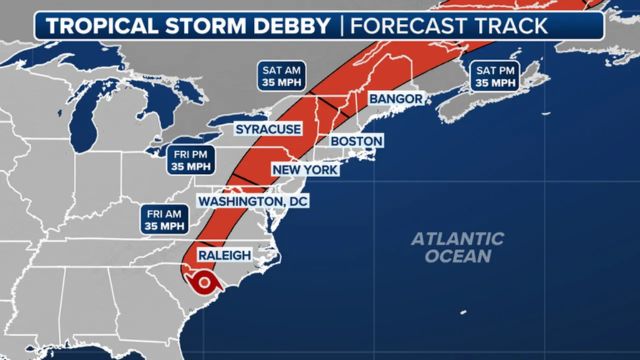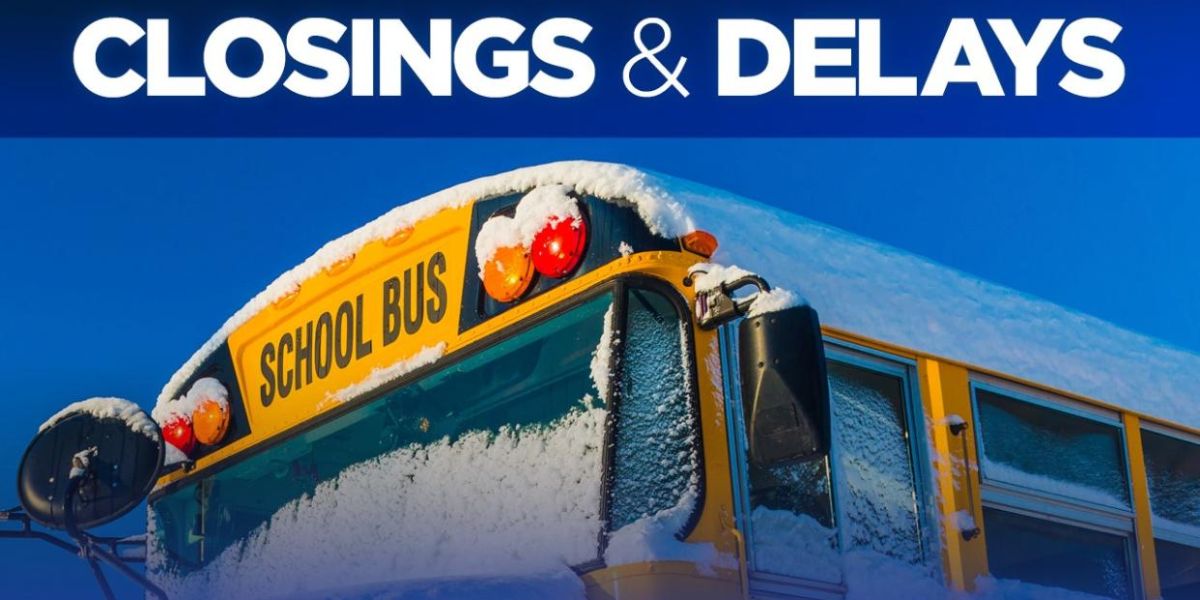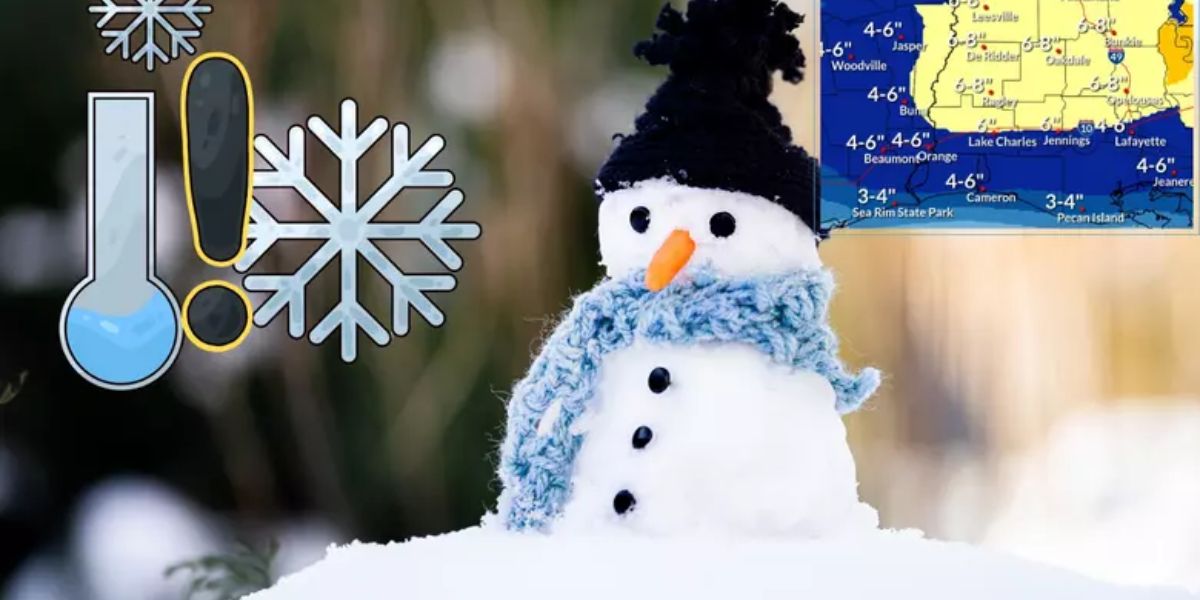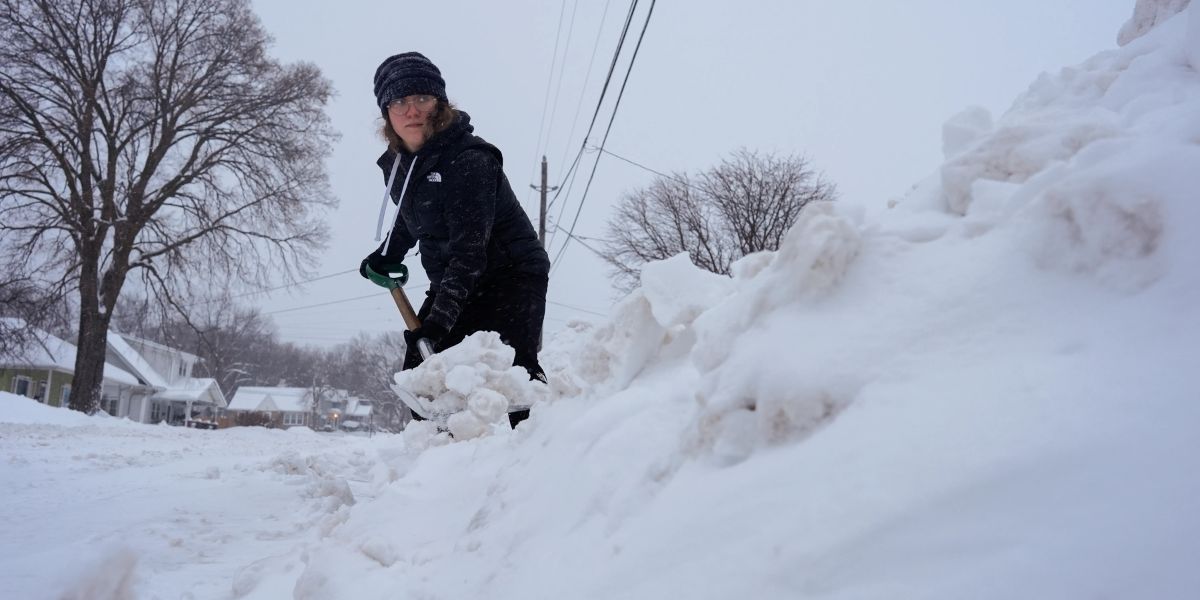A fast-moving storm is currently sweeping across New York, bringing a mix of rain, snow, and high winds. The storm’s rapid pace is expected to create challenging travel conditions and possible power outages in certain areas.
As New Yorkers brace for the weather, here’s a detailed timeline and impact map to help you stay informed and prepared.
Timeline of the Storm’s Progression
Black Ice Alert: What New Yorkers Need to Know When Driving in Icy Conditions
The storm began to impact the western parts of New York early this morning, quickly moving eastward. Here’s a breakdown of the timeline for the storm’s progression:
Morning (6:00 AM – 12:00 PM):
- The storm began with moderate rain in the western and central parts of the state, with temperatures dropping in some areas, causing rain to transition to snow.
- Snow is expected to accumulate at higher elevations, particularly in the Catskills and Adirondacks, with around 3 to 6 inches possible.
- Winds started picking up, gusting up to 30 mph in many areas, creating a chill in the air and reducing visibility.
Afternoon (12:00 PM – 5:00 PM):
- The storm will continue to move eastward, with rain turning to snow in the metropolitan area, including parts of New York City, Long Island, and northern New Jersey.
- Snowfall rates may intensify, especially along the I-95 corridor, creating slick roads and hazardous driving conditions.
- Winds will increase further, gusting up to 40 mph, causing blowing snow and poor visibility in some regions.
Evening (5:00 PM – 10:00 PM):

- The storm will reach the eastern parts of the state, bringing heavy snow and freezing rain to some areas.
- The New York City metro area is expected to see snow accumulation of 1 to 3 inches, with a mix of rain and snow possible through the evening.
- Winds could gust up to 50 mph along the coast, creating coastal flooding concerns for parts of Long Island.
Night (10:00 PM – 12:00 AM):
- The storm will begin to exit the state, but the lingering effects of wind and snow may cause dangerous travel conditions late into the night.
- Snow showers will continue in the higher elevations, while the rain will transition back to clear skies in most of the state by early morning.
Maps Highlighting Key Impact Areas
New York’s Oldest Store Makes a Triumphant Comeback After Closing All Locations
1. Snowfall Accumulation Map
The storm is expected to produce varying amounts of snow across New York, with higher totals in the northern and western regions. Central and southern parts of the state are likely to see lighter snowfall, while areas closer to the coast may experience a mix of rain and snow. Here’s a breakdown of snowfall predictions:
- Western New York: 3-6 inches (with higher amounts in the mountains)
- Central New York and Catskills: 2-4 inches
- Capital Region and Hudson Valley: 1-3 inches, with localized areas seeing more
- New York City and Long Island: 1-2 inches, with the possibility of slushy accumulations
- Northern and Western Adirondacks: 6+ inches, with more in the mountains
2. Wind Gusts Map
Wind gusts will be strongest in the afternoon and evening, particularly along the coastline and in higher elevations. The highest wind gusts will be along the eastern parts of the state, including the city and Long Island. Strong winds may lead to localized power outages, especially in the more rural areas and along coastal regions. Here are the areas most affected:
- Coastal New York (Long Island, NYC): Winds gusting up to 50 mph
- Upstate New York (Catskills, Adirondacks): Winds gusting up to 40 mph
- Western New York: Winds gusting up to 35 mph
3. Flooding and Coastal Impact Map
Heavy rains combined with strong winds may cause localized flooding, especially in low-lying coastal areas. Areas along Long Island and the outer boroughs of New York City could experience some coastal flooding as high winds push water toward the shore. These conditions are expected to subside by late evening.
Key Safety Tips and Precautions
- Travel Caution: Avoid unnecessary travel, particularly in the late afternoon and evening when conditions will be at their worst. If you must drive, reduce your speed, increase following distance, and remain alert for slick spots on roads.
- Power Outages: Prepare for the possibility of power outages, particularly in areas with high winds. Keep flashlights, batteries, and other essentials on hand in case of an outage.
- Protect Property: Secure outdoor furniture and objects that could be blown away by the high winds, especially in coastal and elevated areas.
- Stay Informed: Keep an eye on local weather alerts and updates. Follow the National Weather Service for real-time storm information.
The storm will move out of New York by early Thursday morning, leaving behind clear skies and cold temperatures. However, the impact of the storm will be felt throughout the day, particularly in terms of travel delays and hazardous road conditions. New Yorkers should prepare for a day of messy weather and take necessary precautions to stay safe.
Stay tuned to local weather reports for the latest updates, and keep your emergency preparedness plans in mind as the storm moves across the state.




